Supply Chain Report – 10/07/2025
President Donald Trump unveiled a sweeping set of new tariffs on Monday evening, targeting a diverse range of imported products including timber, lumber, and furniture, with additional duties on pharmaceuticals and entertainment goods expected to follow. The latest actions represent a significant expansion of the administration’s trade policy, which continues to emphasize domestic manufacturing and self-sufficiency as key pillars of economic growth.
According to an official White House statement, the United States will impose a 10% tariff on softwood timber and lumber and a 25% tariff on certain upholstered wooden products beginning October 14. These new measures come just days after similar tariffs were announced on kitchen cabinets, vanities, and other upholstered furniture, scheduled to take effect October 1. Collectively, the new duties form part of what officials describe as a coordinated strategy to reinforce American industry and encourage local production of key goods.
President Trump said in his announcement that the tariffs are intended to “strengthen supply chains” and “bolster industrial resilience,” noting that they aim to protect American jobs and manufacturing capacity from external shocks. “We must ensure that critical sectors of our economy remain strong and independent,” he added.
However, the construction and housing industries have raised concerns over the potential impact of these tariffs, warning that higher prices on imported lumber and timber could increase costs for builders and homeowners. Industry experts say the tariffs could slow down housing starts, renovation projects, and infrastructure development. Homebuilders have also expressed concern that smaller contractors may face financial strain as the cost of raw materials continues to rise.
Trade analysts predict that Canada, which supplies the majority of America’s softwood lumber, will be among the countries most affected by the new rules. Canadian wood products are already subject to duties exceeding 35%, and the added 10% tariff could further disrupt trade between the two countries. Economists warn that this could lead to higher prices for consumers and delays in construction projects, particularly in regions where imported lumber plays a key role in meeting demand.
Earlier on Monday, Trump also confirmed that he would impose a 100% tariff on imported films and “substantial duties” on furniture imports, expanding his tariff strategy to include new sectors of the global economy. These announcements followed several weeks of active trade policy developments, including tariffs on autos, metals, and semiconductor products.
In a separate policy move, the administration has outlined plans to apply 100% tariffs on patented pharmaceuticals unless companies establish production facilities in the United States or operate under a trade agreement that includes pharmaceutical provisions. The intent, according to administration officials, is to encourage pharmaceutical companies to localize production, reduce dependency on overseas manufacturing, and secure domestic access to essential medicines.
Pfizer Inc. (PFE) announced on Tuesday that it had reached a temporary three-year reprieve from these pharmaceutical tariffs. The exemption was granted as part of an agreement with the White House in which Pfizer committed to providing discounted drug prices for certain medications within the US market. Industry insiders believe this deal could pave the way for similar arrangements between the government and other major pharmaceutical manufacturers seeking tariff relief.
Financial analysts have noted that while such agreements may provide short-term stability for key companies, the overall market impact remains uncertain. Higher import costs could affect product pricing, consumer affordability, and pharmaceutical supply chains if additional tariffs take effect after Pfizer’s reprieve expires.
Meanwhile, diplomatic developments continue alongside the trade measures. Following a phone call between President Trump and Chinese President Xi Jinping, the two countries reportedly made progress toward the framework of a broader trade and technology agreement. The White House confirmed that both sides reached a preliminary understanding regarding the future structure of TikTok’s US operations, which is expected to be spun off into a separate American-owned entity.
Trade experts suggest that these tariff actions are part of a comprehensive effort to reshape the US’s global trade relationships, emphasizing domestic economic independence and industrial competitiveness. While proponents argue that such policies strengthen local industries and create jobs, critics warn of potential downsides—including higher consumer prices, strained diplomatic ties, and disruptions to global supply chains.
Economic researchers point out that the lumber and furniture tariffs, in particular, could raise costs for consumers on housing materials, furniture, and household goods. Retailers are already bracing for potential price increases during the upcoming holiday season, as importers adjust to the new duties. Manufacturers dependent on imported wood and furniture components may also face production slowdowns or reduced profit margins.
On the pharmaceutical front, healthcare providers and patient advocacy groups are closely monitoring how the new trade policies will affect drug availability and affordability. Although the Pfizer deal offers a temporary safeguard, uncertainty remains for other drugmakers awaiting clarification on tariff exemptions or extensions.
The administration’s trade strategy has been described by analysts as one of the most aggressive in recent decades, with new duties being announced in rapid succession across various industries. Whether the measures will ultimately strengthen US manufacturing without triggering broader inflationary pressures remains to be seen.
For now, the expansion of tariffs on timber, furniture, and pharmaceuticals marks a decisive phase in the administration’s effort to reorient global trade relations and reduce the country’s dependency on imported goods. As negotiations with trading partners continue, markets, manufacturers, and consumers alike are preparing for a new period of adjustment in the international economic landscape.
#TradePolicy #SupplyChainNews #EconomicUpdate #ManufacturingReform #GlobalTrade

















